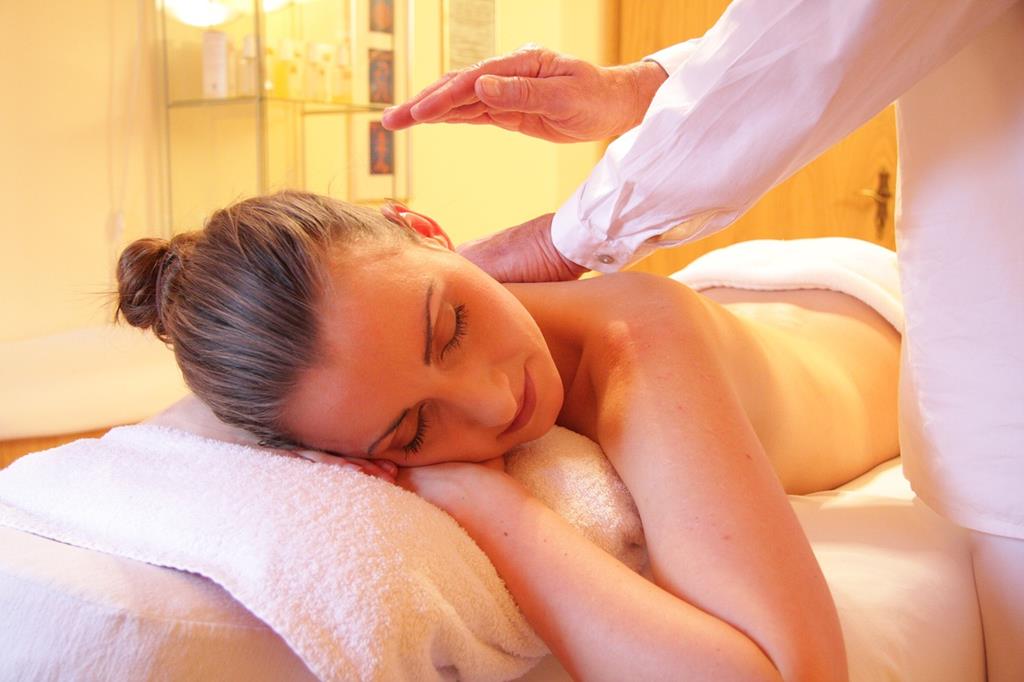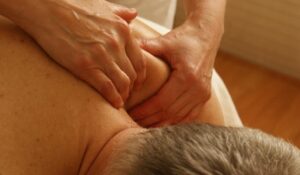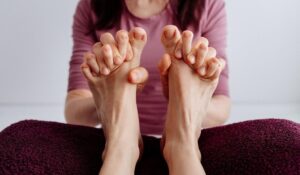No Draping Massage refers to a type of massage therapy where no sheets or towels are used to cover the client’s body. It’s a less common practice focused on unrestricted movement and therapists must maintain professional standards.
Draping in massage therapy is primarily determined by state regulations and the code of ethics. In Texas, the current regulations state that draping is required unless both the client and therapist agree otherwise. While some clients may prefer non-draping sessions, it’s worth considering Lisa’s perspective (Massage Professional). Initially, she tends to interpret such requests as a desire for something beyond a standard professional massage. However, it’s crucial to highlight that state regulations contradict this assumption.
In the realm of massage therapy, various techniques and styles cater to diverse preferences and levels of comfort. No Draping Massage emerges as a distinctive form of bodywork, prioritizing an uninterrupted therapeutic touch. While it might raise eyebrows at first mention, this method is rooted in fostering a seamless energetic connection between client and therapist.
Strict professional ethics accompany the method to uphold privacy and respect. Those seeking an unfettered therapeutic experience can find in No Draping Massage a unique approach aiming to enhance physical freedom and potential healing benefits. Always remember, client consent and comfort are paramount, and reputable therapists will ensure clear communication regarding the practice.
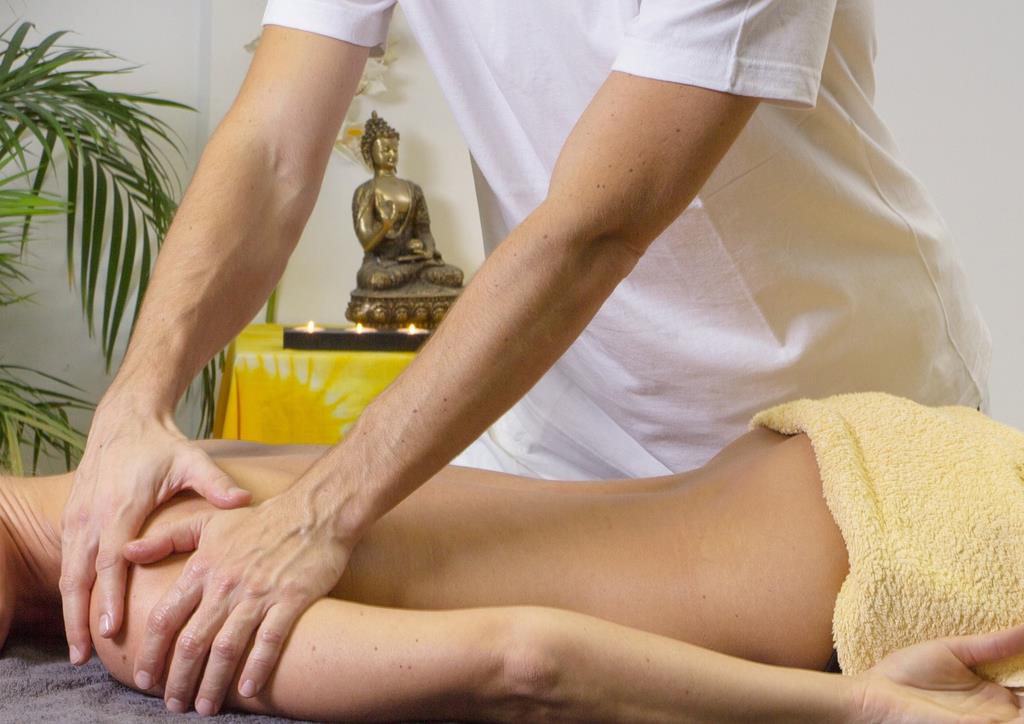
Unwrapping The Concept Of No Draping Massage
Unwrapping the Concept of No Draping Massage invites a journey through an unconventional relaxation technique. This therapeutic practice raises eyebrows yet sparks curiosity within the wellness community. Understanding the essence of no draping massage requires peeling back layers of traditional spa etiquette to expose the bare facts.
Defining No Draping In Therapeutic Contexts
In the realm of therapeutic massage, “draping” refers to the technique of covering a client’s body with towels or sheets. Its purpose? To safeguard privacy while exposing only areas receiving massage. No draping massage defies this norm, with therapists working on an entirely uncovered client. Let’s decode its technical aspects.
- Client remains completely undraped, with no sheets or towels.
- Provides unhindered access for the therapist to treat the body.
- Focuses on creating a trusting environment between client and therapist.
Origins And Cultural Perception
No draping massage isn’t a new fad. Its roots trace back to ancient healing traditions where body shame was foreign and therapeutic touch revered. Different cultures view this practice through their own lenses. Some embrace it as a pure form of therapy; others approach with caution due to social norms and personal comfort.
| Culture | Perception |
|---|---|
| Eastern | More accepting, given historical context |
| Western | Varied; influenced by societal norms on modesty |
Today, the practice remains niche. It caters to those seeking less restricted massage experiences. Understanding personal boundaries is key before embarking on this unique therapeutic journey.
The Legal And Ethical Boundaries
The integration of no draping massage into therapeutic practices raises important questions about the legal and ethical boundaries governing these treatments. Understanding these boundaries ensures that therapists remain compliant with laws, practice standards, and that clients feel secure and respected during their massage sessions.
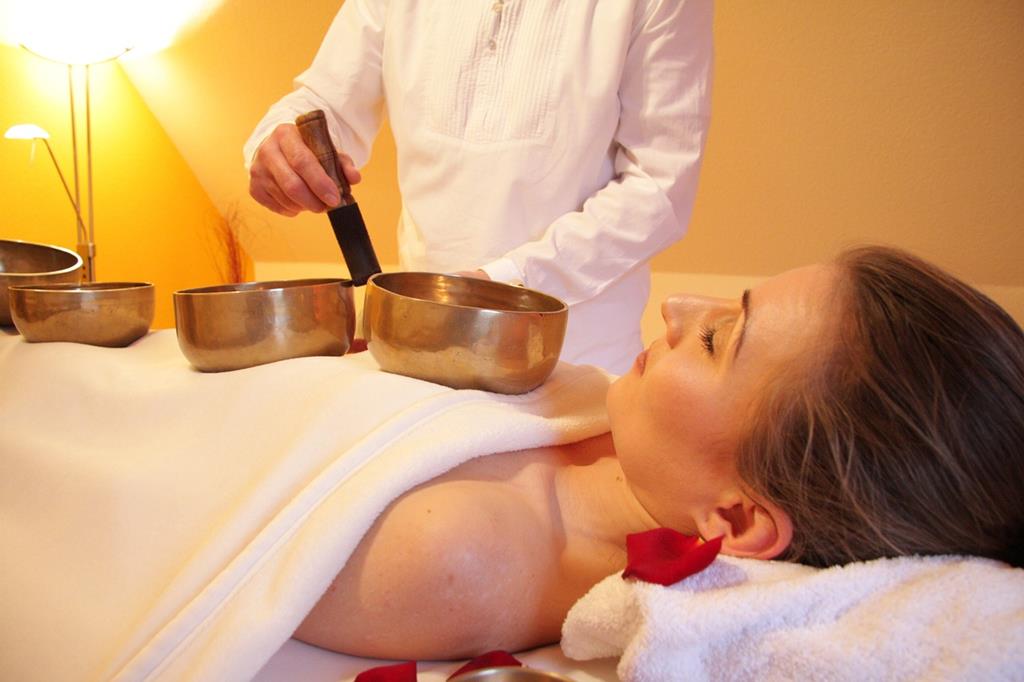
State Regulations And Practice Standards
Different states have varying regulations that dictate how no draping massages can be performed. Compliance with these standards is critical for legal practice.
- Licensing Requirements: Therapists must adhere to state-specific licensing that outlines permissible practices.
- Draping Laws: Some states require minimum draping, while others may allow no draping only with explicit client consent.
- Practice Environment: The room and table setup must ensure client privacy and safety.
The American Massage Therapy Association provides resources and guidelines to help navigate state regulations.
Ethics Of Client Comfort And Consent
Maintaining a client’s comfort and securing their consent are foundational ethical practices in massage therapy.
| Principle | Action |
|---|---|
| Client Autonomy: | Clients have the right to set boundaries for their comfort levels. |
| Informed Consent: | Therapists must clearly explain the session, seeking explicit agreement before proceeding. |
| Transparency: | Open dialogue about the technique and expectations ensures mutual understanding. |
By placing a high value on communication and respect, therapists nurture a trusted environment that honors client needs and well-being.
No Draping Massage Techniques
Exploring the world of massage reveals a variety of techniques, one of which is the ‘No Draping Massage’. This unique approach to bodywork steers away from traditional coverings. Instead, it focuses on unobstructed access to the body for therapeutic purposes.
Common Approaches And Methods
Experts who practice no draping massage employ various techniques that involve direct contact with the skin. Full-body strokes and deep tissue work are hallmarks of this method.
- Effleurage: Smooth gliding strokes over the body.
- Petrissage: Kneading movements to relieve tension.
- Friction: Circular pressures that warm tissues.
- Vibration: Oscillating movements to stimulate.
- Myofascial Release: Pressure applied to release tension in the fascia.
The Role Of Professional Training
Performing a no draping massage requires extensive training. Qualified professionals ensure a safe and comfortable experience. They possess a deep understanding of anatomy and massage ethics.
| Training Aspect | Details |
|---|---|
| Anatomy Knowledge | Understanding muscle groups and body systems. |
| Technique Mastery | Perfecting the application of different strokes. |
| Client Comfort | Ensuring respect and trust throughout the session. |
| Hygiene and Safety | Maintaining cleanliness and preventing injury. |
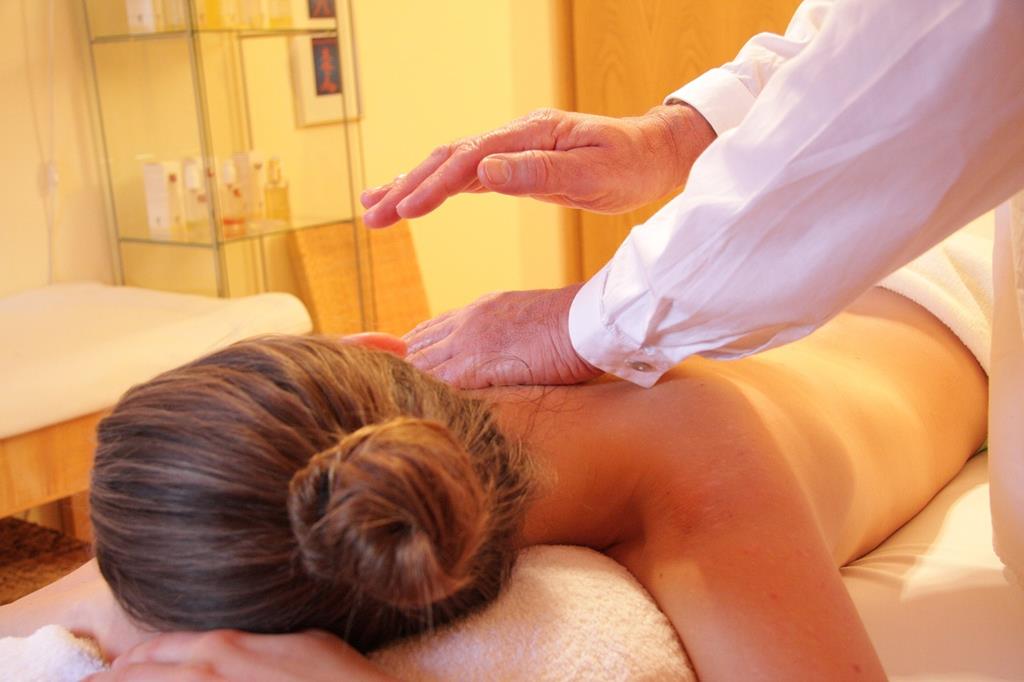
Debunking Myths And Addressing Fears
Understanding No Draping Massage means clearing up common myths. It’s about knowing what happens during these sessions.
Separating Fact From Fiction
Many believe no draping massage lacks modesty. This isn’t true. Here’s the real scoop:
- Myth: No draping equals no privacy.
- Fact: Privacy is always respected.
Therapists provide a safe and comfortable environment. They follow strict ethical standards.
The Reality Of Client Experiences
What do people say about their experiences? Let’s look at some real feedback:
| Client Feedback |
|---|
| Positive: Feeling free and unrestricted. |
| Neutral: A different experience but still professional. |
| Negative: Initial discomfort but later understood the process. |
Personal experiences show most find the practice professional and beneficial. Fears often fade after the first session.
Navigating The Client-therapist Dynamic
The dance of comfort and professionalism defines the success of a no draping massage session. Both the client and massage therapist must understand this delicate balance. Clear guidelines and open communication are the cornerstones. This ensures a safe, respectful, and therapeutic experience.
Building Trust And Maintaining Boundaries
When clients enter a massage session, they bring with them a need for trust. It’s vital for therapists to establish this from the get-go. Trust paves the way for a relaxed and effective massage. At the same time, boundaries keep the session professional. Let’s explore how to foster trust while setting clear limits.
- Initial Consultation: A great first step in building rapport. Discuss preferences, comfort, and treatment goals.
- Professional Conduct: Therapists should embody respect and integrity. This reassures clients and upholds industry standards.
- Privacy Assurance: Clarify privacy protections. Explain what no draping involves.
- Clear Policies: Have written policies regarding behavior. Ensure both parties know them.
Communication: Key To A Successful Session
Every no draping massage thrives on clear communication. Words can clarify intentions, comfort levels, and areas of focus. Good communication avoids misunderstandings and enhances the therapy’s benefits. Here’s how therapists and clients can keep the dialogue open and effective.
- Pre-session Talk: Set the tone with an initial conversation. Express any concerns or areas needing special attention.
- Feedback During the Session: Clients should feel comfortable to provide real-time feedback. This helps the therapist to adjust techniques as needed.
- Post-session Recap: A quick discussion post-massage can reinforce the client’s feeling of care. Share observations and suggest future sessions if needed.
Future Of No Draping Massage
The Future of No Draping Massage promises to stretch well beyond the conventional spa settings and therapeutic norms. This unique massage style, advocating for minimal to no coverings, intersects with profound wellness trends and evolving client preferences. Let’s delve into the developments we can anticipate in the realm of no draping massage therapy.
Trends And Changing Attitudes
Recently, no draping massage has gained traction, reflecting a broader societal shift towards body positivity and autonomy. We notice a significant uptick in clients seeking more naturalistic and unrestricted forms of therapy.
- Increased acceptance among diverse demographics.
- Newfound emphasis on personal comfort during sessions.
- Greater openness in discussing preferences with therapists.
- Wide-ranging dialogue about body image and acceptance.
Innovations In Therapeutic Practices
Innovation within no draping massage techniques is enhancing the therapeutic experience. New practices prioritize both the psychological and physical aspects of healing.
| Innovation | Benefits |
|---|---|
| Sensorial Techniques | Stimulates senses for deeper relaxation. |
| Customized Protocols | Tailored to individual comfort levels. |
| Integrative Approaches | Combines various therapeutic modalities. |
Regulations are evolving to adapt to these practices, ensuring safety and professionalism remain paramount.
- Educational programs for therapists on no draping policies.
- Client discretion and consent take center stage.
- Certifications specific to no draping techniques.

Frequently Asked Questions On What Is No Draping Massage
What Does Draping Mean In Massage?
Draping in massage refers to the technique of covering a client with towels or sheets for modesty and warmth. It ensures privacy while allowing the therapist to work on exposed areas.
How Do You Ask For A No Draping Massage?
To request a no draping massage, directly communicate your preference to the therapist before the session begins, ensuring it adheres to their professional guidelines and local laws.
Is Draping Optional In Texas?
In Texas, draping during a massage session is not optional; it’s a mandatory practice for client privacy and comfort. All licensed massage therapists must adhere to proper draping protocols as per state regulations.
Do You Wear Anything For A Full Body Massage?
For a full body massage, you typically undress to your comfort level. Many people opt for underwear or go fully nude, covered by sheets.
Conclusion
Embracing the concept of no draping massage can be enlightening. It provides a unique experience with transparency and comfort at its core. Remember to choose a therapist you trust and discuss any concerns beforehand. Prioritizing your comfort ensures a therapeutic session that rejuvenates both mind and body, fully harnessing the massage’s potential benefits.
